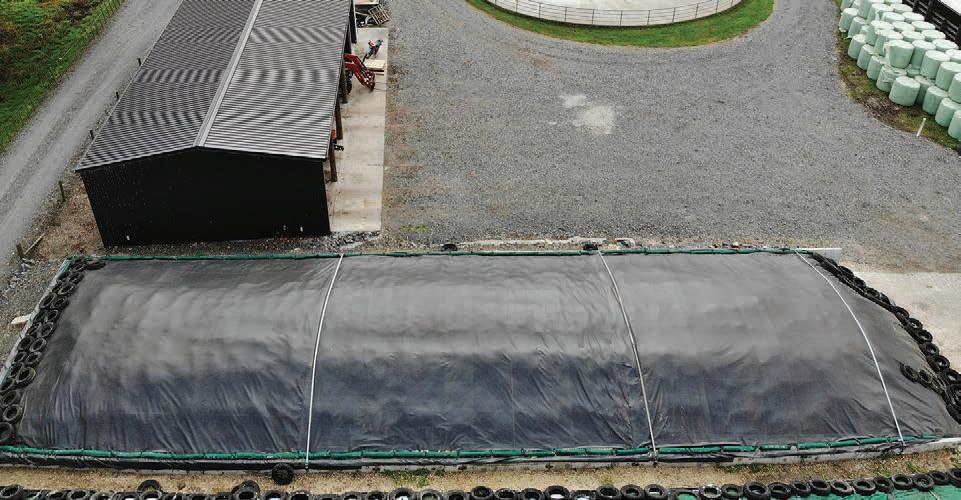
2 minute read
A significant and painful
By Gerald Piddock
Each month the Milk Monitor delves into the dairy industry and gives us the lowdown on the good, the bad, the ugly and everything in between.
It’s the cut many suspected was coming and no one wanted as Fonterra finally lowered its milk price forecast, bringing a new midpoint of $7/kg milk solids.
Just days later, Synlait followed suit, matching Fonterra.
Much has already been said about its impact inside the farm gate and the wider regional and national economy.
With input costs still tracking high and no relief yet in sight from interest rates, it’s going to be a challenging season.
Twenty-four hours before Fonterra’s forecast cut was made public, consultancy company AgFirst presented its annual financial survey.
Agricultural economist Phil Journeaux announced the findings, joking that they “came with a health and safety warning” because they were so depressing.
The dairy farm model created from the survey results would make a small profit because of Fonterra’s dividend payment and one-off capital return brought about by the sale of its offshore businesses.
In effect, the investment businesses are keeping the farm in the black.
But this doesn’t include farmers supplying other dairy companies – and that budget was done on an $8 payout.
Interviewed by Farmers Weekly a few days later, Journeaux said the $1/kg MS reduction will reduce farm incomes by about $1bn, and the economic impact on New Zealand’s economy will be about $5bn.
Farmers said they had been expecting a drop in the farmgate price for the coming season, but the magnitude has surprised them.
Journeaux said he, too, was surprised by the size of the reduction, which will have a significant impact on farmers.
“Things are going to get bloody serious very quickly,” he said.
Then came the GDT on
August 16 where the price index dropped 7.4% and whole milk powder 10.9%.
NZX dairy analyst Alex Winning said it was the lowest index price for five years, slumping to a level last seen in November 2018.
RaboResearch senior agricultural analyst Emma Higgins had made a similar point after Fonterra cut its forecast, saying dairy commodity prices are now below five-year averages – a significant and “painful” adjustment.
She noted that Fonterra’s $7/kg MS midpoint had weakened by 24% compared to 12 months ago.
“In the dairy downturn period (including seasons 2014/15-2015/16), the milk price plummeted from $8.40/kg MS (2013/14) to $4.40/kg MS (2014/15).
“If we adjust for inflation, that’s like the milk price in today’s terms sinking from almost $10.60/kg MS to $5.50/ kg MS.”
ASB economists who had long forewarned of a $7-$7.25/ kg MS forecast were trying their best not to say “I told you so” when they published their Dairy Update on August 4.
“Our view was largely underpinned by our expectations that China would experience a patchy economic recovery and enjoy high levels of milk production, which in turn would depress demand for dairy imports from NZ,” Nathaniel Keal wrote.
That lower import demand from China has widely been cited as the culprit for the forecast fall.
If the price ends up around $7/kg MS, that will be $1.29 below what Journeaux was predicting as the break-even payout required for farmers.
“We won’t relish being correct,” Keal said.
“A milk price around the $7/kg MS mark will be below break-even for many farmers at a time when the climate indicators imply there could be a challenging latter half to the season as El Niño sets in.” n









